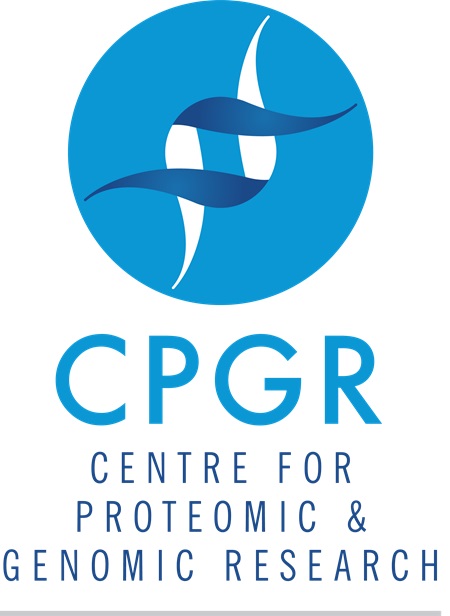Characterization of microbial population in anaerobically digested (digestate) red meat abattoir waste: The effect of pasteurization and sterilization pre-treatments on microbial diversity.
Matjuda, D. S.*1,2, Masenya, H.3, Thaela-Chimuka, M.4,5, Tekere, M.2
1
2 Department of Environmental Science, College of Agriculture and Environmental Sciences (CAES), University of South Africa (UNISA), P.O. Box 392, Florida, 1710, Republic of South Africa
3 Inqaba Biotechnical Industries Pty (Ltd), Department of Bioinformatics, 525 Justice Mahomed Street, Muckleneuk, Pretoria, Gauteng,0002, South Africa
4 Agricultural Research Council-Animal Production (ARC-AP), Animal Nutrition and Aquaculture, Old Olifantsfontein Road, Private Bag X2, Irene, 0062, Republic of South Africa
5 School of Animal, Plant and Environmental Sciences, University of the Witwatersrand, Private bag 3, Wits, Braamfontein, 2050, Johannesburg, South Africa
The characteristics of digestates from anaerobic digestion of abattoir slaughter waste depend on the interaction between microbial communities, feedstock and pre-treatment applied prior to digestion. The impact of thermal pre-treatment of abattoir slaughter waste feedstock either by pasteurisation and/or sterilisation on the microbiome structure of the digestate has been poorly studied. This study aimed to characterise the microbial consortium of digestate emanating from anaerobically digested solid red meat abattoir slaughter waste and to determine the effects of pasteurisation and sterilisation pre-treatment on microbial diversity of the resultant digestate. The AMPTS II laboratory-scale digesters anaerobically digesting solid red meat abattoir slaughter waste were subjected to microbial community analysis by amplicon sequencing the 16S rDNA (v3/v4 regions) using next generation sequencing. The amplicon libraries were sequenced using Illumina MiSeq sequencer at 0.2 × coverage. The taxonomic analysis showed that the majority of the microbial community in the analysed digestate samples belonged to the Bacteria kingdom, with a relative abundance of over 97%. The most prevalent phyla were Firmicutes, Proteobacteria, Synergistota, and Actinobacteriota, accounting for approximately 86.2%, 77.7%, 20.6%, and 6.6% relative abundance, respectively, of the total OTUs in all the digestate samples studied. The Archaea Kingdom was abundant with Methanocelleus, Methanobacteriaceae, Methanobacterium, Methanosaeta, Methanosarcina and unclassified Archaea genera. Methanosarcina and Methanosaeta were the most abundant genera in Archaea kingdom and accounted for 25- 35.79% and 22.36- 27.33% relative abundance respectively in all digestate samples. The results for beta-alpha diversity analysis revealed no significant difference in genera diversity across abattoir digestate samples (Shannon index: p-value=0.163, Chao1 p-value = 0.501 and ACE p-value = 0.502, Invsimpson p-value = 0.220 and Simpson p-value = 0.192). The genera primarily clustered based on sample type and spatially depending on feedstock pre-treatment, and the Jaccard plot revealed no discernible microbial diversity at the genus level across pre-treated abattoir digestate (p=0.719). The distance between the unweighted and weighted axis did not differ significantly (p<0.05). In conclusion, anaerobically digested red meat abattoir waste demonstrated rich microbial diversity, with no significant differences across pre-treated samples, indicating no impact of pasteurisation and sterilisation.
